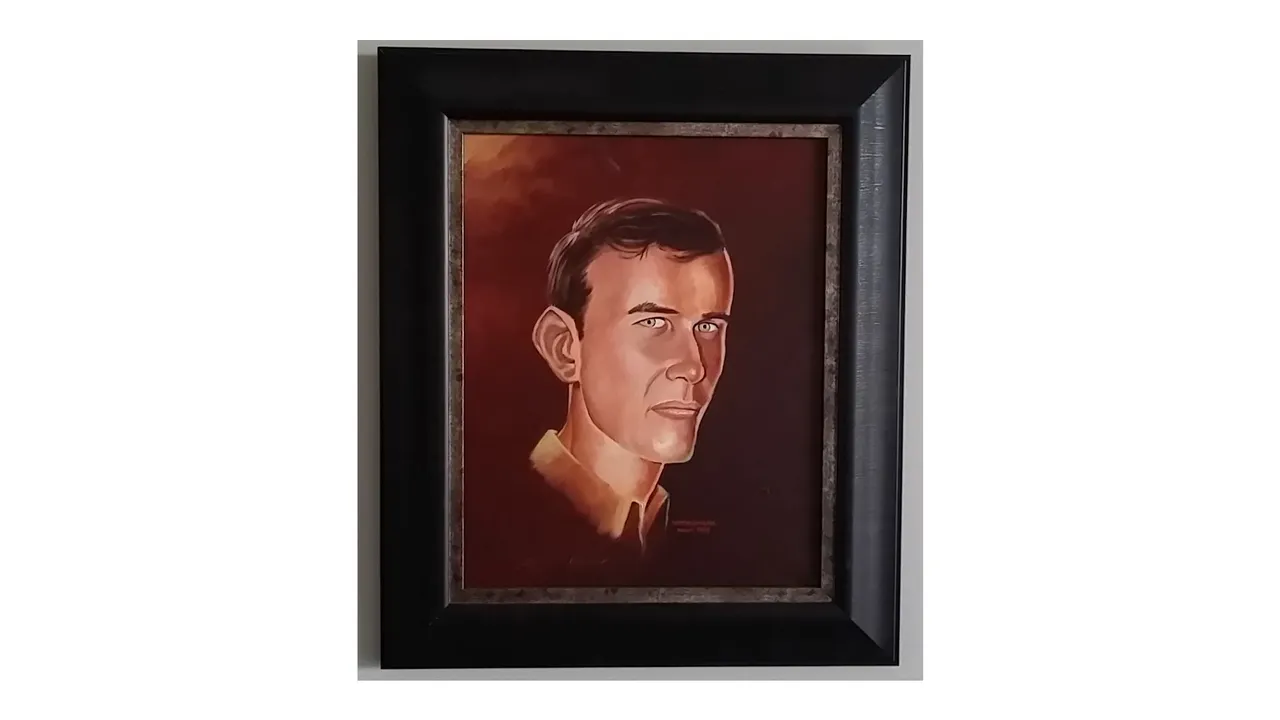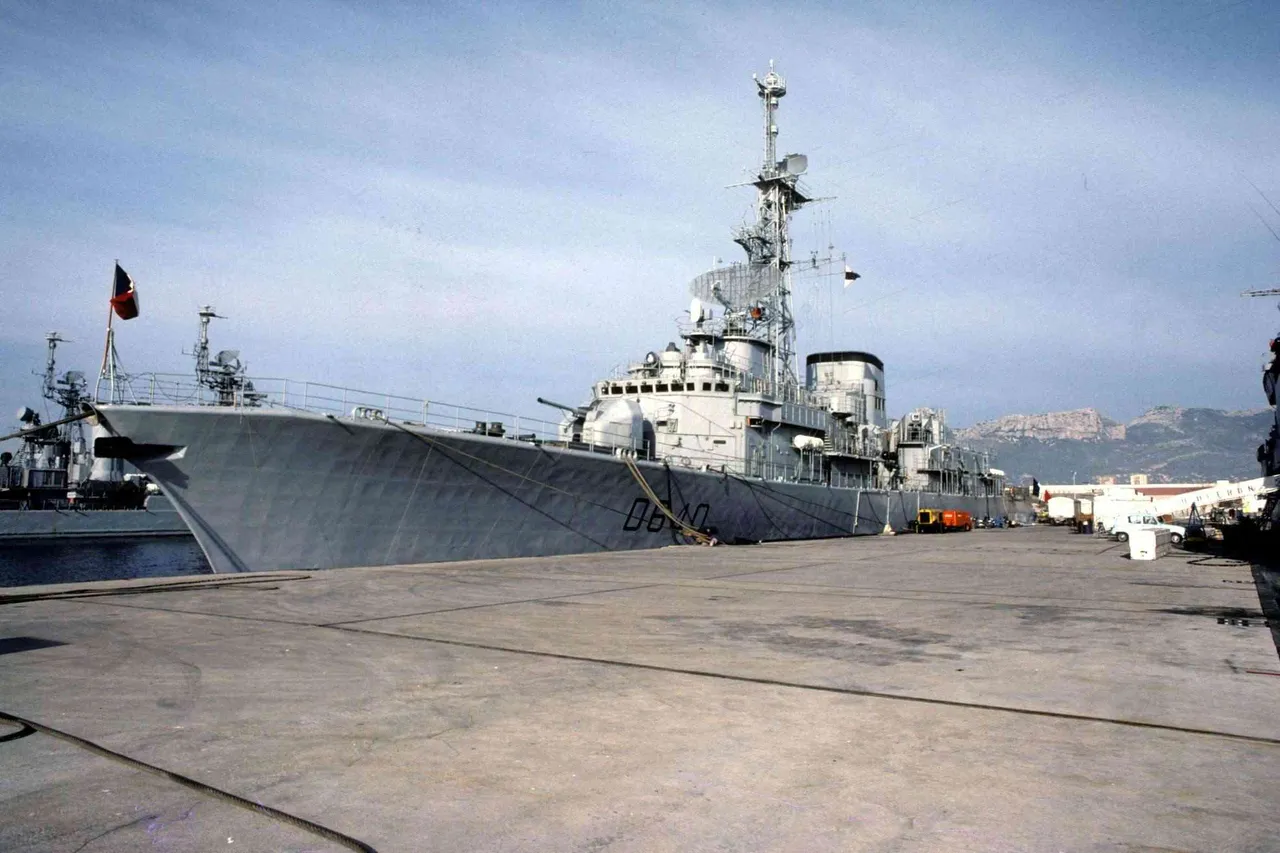This is the story of my life so far: 68 years and counting.
Prequel: A Brief History of my Family in France

The story starts here
Previous episode: Part 53
Computer Officer on the Georges Leygues
When I arrived in Brest in September 1976 to become the computer officer (officier calcul) on the Georges Leygues, the ship was still in dry dock. The Brest arsenal was still responsible for the ship and the crew would not inhabit the ship before June 1977.
My job and the job of the petty officers of my team was to follow the installation of the computer system and to check that all the prescribed tests were successful.
There were two rooms for the two computers
- the main computer center with the central computer, the P2MS
- the computer annex, near the Combat Information Center (CIC), with the visualization computer, the Mitra 15.
These two computers were connected by a high-speed cable using some non-standard transmission protocol.
The visualization computer was connected to seven consoles in the CIC.
Most of the processing power was on the central computer. The visualization computer was just to capture the inputs from the consoles and to distribute the video, real and synthetic, to the consoles. Everything else was done in the central computer.
I have no pictures of the computers and of the CIC, as I was not able to find anything on the Internet.

source
The central computer, the P2MS, a military version of the Iris 50, had a magnetic-core memory. I don't remember exactly the capacity of this central memory, but I believe it was 256 kilobytes. It was certainly less than one Megabyte.
In addition, there was a magnetic disk, controlled by a small Mitra 15 computer, with a capacity of several Megabytes. This disk had no moving head, but one head per track; I believe there were 128 tracks, so 128 heads.
This design had two advantages:
- the meantime to access data on disk was only half the time of a disk revolution, so it was very fast.
- vibrations would have probably damaged a moving head and render the system unable to work.
There was not much redundancy in the whole computer system. One central computer with one fast disk, one visualization computer. If any of these was failing, the system stopped working, so all these needed to be highly reliable.

source
The computer specialists in my team were three petty officers. Unfortunately, I don't remember their names.
Before arriving in Brest in September 1976, I already knew them, as I had been instructed with them at the CPM in Paris in 1975.
They were spending most of their time in the two computer rooms, with the workers from the arsenal that were installing the computer system.
I was also visiting the main computer room several times a day. I did not really need to do that, but computers already fascinated me and I wanted to learn as much as possible how to operate them so that I would be able to write a computer game that would run on the consoles in the CIC.
Continue to Part 55
If you like this story, please consider following me @vcelier
Summary
Part 1 - Part 2 - Part 3 - Part 4 - Part 5 - Part 6 - Part 7
Part 8 - Part 9 - Part 10 Part 11 - Part 12 - Part 13 - Part 14
Part 15 - Part 16 - Part 17 - Part 18 - Part 19 - Part 20 - Part 21
Part 22 - Part 23 - Part 24 - Part 25 - Part 26 - Part 27 - Part 28
Part 29 - Part 30 - Part 31 - Part 32 - Part 33 - Part 34 - Part 35
Part 36 - Part 37 - Part 38 - Part 39 - Part 40 - Part 41 - Part 42
Part 43 - Part 44 - Part 45 - Part 46 - Part 47 - Part 48 - Part 49
Part 50 - Part 51 - Part 52 - Part 53
